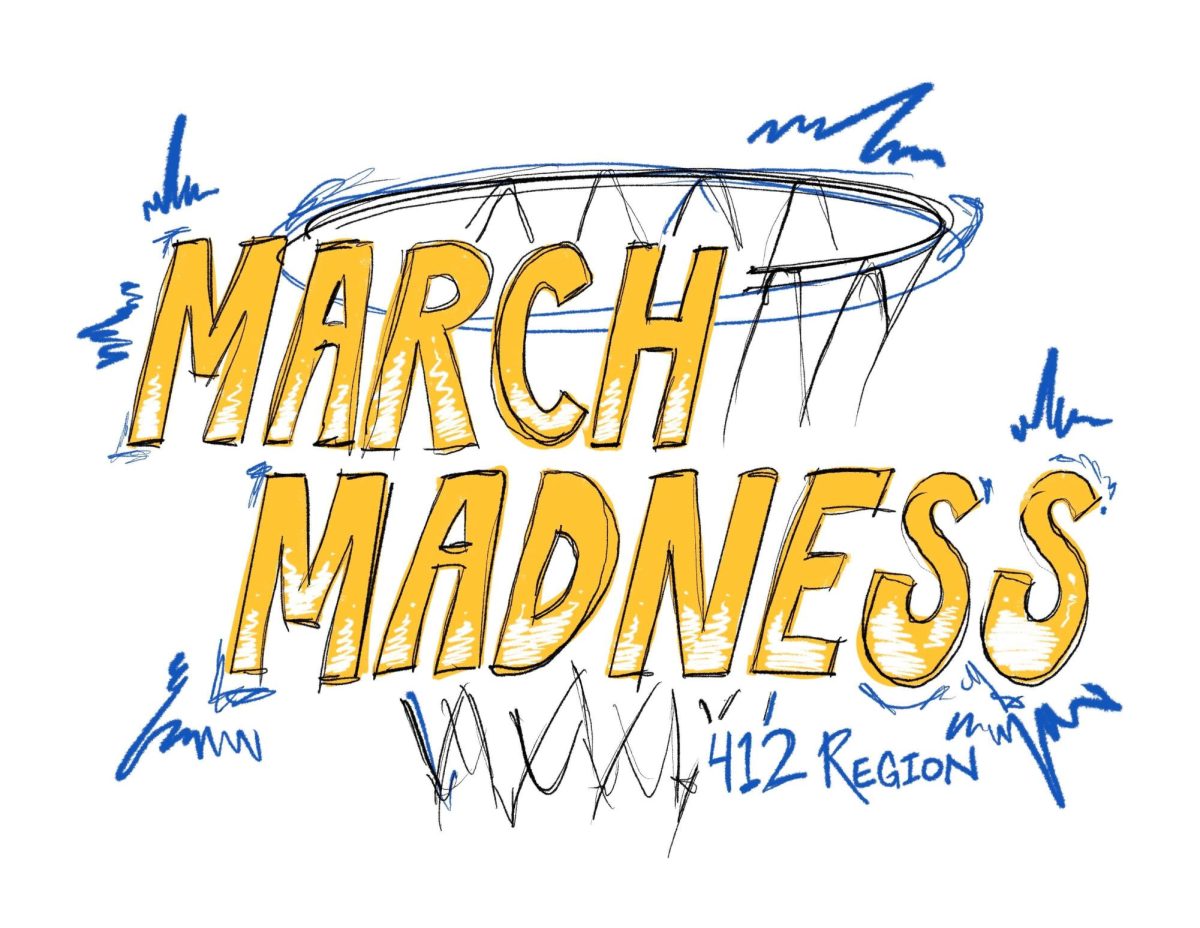Study finds schools still segregated
January 28, 2004
There are moments of personal embarrassment …
For example, Howard Dean’s speech… There are moments of personal embarrassment …
For example, Howard Dean’s speech following his poor showing at the Iowa caucuses, which looked like something between Tom Cruise’s “all I wanna know is who’s coming with me” flip-out in Jerry Maguire, and Macho Man’s regular routine. Embarrassing, and, politically speaking, suicidal.
… and then, of course, there are embarrassments.
While The Pitt News featured dissenting opinions on whether or not we here at Pitt are living Dr. Martin Luther King Jr.’s dream, it became apparent that, as a nation, we are not. A recent national study by the Harvard Civil Rights Project found that school segregation in public high schools has returned itself to roughly the same level it was at the time of King’s assassination in 1968.
The report finds that, since 1988 and particularly in the last decade, resegregation has taken place across the nation, as the courts decided that the integrationist goals of the landmark Brown vs. Board of Education decision had been achieved.
Specifically, the 1991 Dowell vs. Oklahoma City Supreme Court ruling authorized a return to neighborhood schools — instead of continuing to require busing — even if it resulted in resegregation, which marked a turning point in the ill-fated trend.
“We are celebrating a victory over segregation at a time when schools across the nation are becoming increasingly segregated,” the Harvard report concludes, citing that schools’ compositions are either overwhelmingly white or overwhelmingly minority, but far from successfully integrated.
“The typical white student attends a school where four out of five children are white,” while the characteristic black or Latino student attends schools with roughly a 30 percent white population. Indeed, the percentage of black students in predominantly white schools has steadily declined since the peak of integration: 44 percent in ’88, 37 percent in ’91, and a mere 30 percent in ’01, the lowest since King’s assassination.
The fundamental question, then, is how this division affects the quality of education each student — indeed each group — receives when divided.
Even someone with a marginal understanding of our educational system must concede the fundamental importance money and economics exert on the quality of education one receives. In light of that fact, and of the robust connection between race and poverty this country continues to avoid confronting, the impact of segregation on education is evident.
The same Harvard study reported that only 15 percent of segregated white schools were “schools of concentrated poverty,” while 88 percent of “intensely segregated minority schools” (less than 10 percent white) were defined in the same way.
The more disturbing concern for me, however, is not merely the staggering gravity of the problem that the numbers imply, but rather the absence of a serious national or statewide discussion on these and other issues concerning race.
We seem more than content turning a blind eye to the advantages we continue to enjoy as a white majority, and do so unapologetically. If you disagree, ask yourself, where on the list of national priorities for the upcoming presidential election is there a demand to address the socioeconomic inequalities minorities continue to experience? Where does it lie on your own list?
Social progress is a long, arduous struggle. Failing to achieve social and economic equality swiftly is not an embarrassment in and of itself. But entering the 21st century as the wealthiest nation the world has witnessed, and doing so with a climate of racial inequity certainly is. Ignoring silently our regression towards Plessy vs. Ferguson — the miserable decision that established the “separate but equal” principle — is hardly living a dream. Instead, it is a shameful nightmare of our current state of failure in race relations.
E-mail your thoughts to pej3@pitt.edu.


